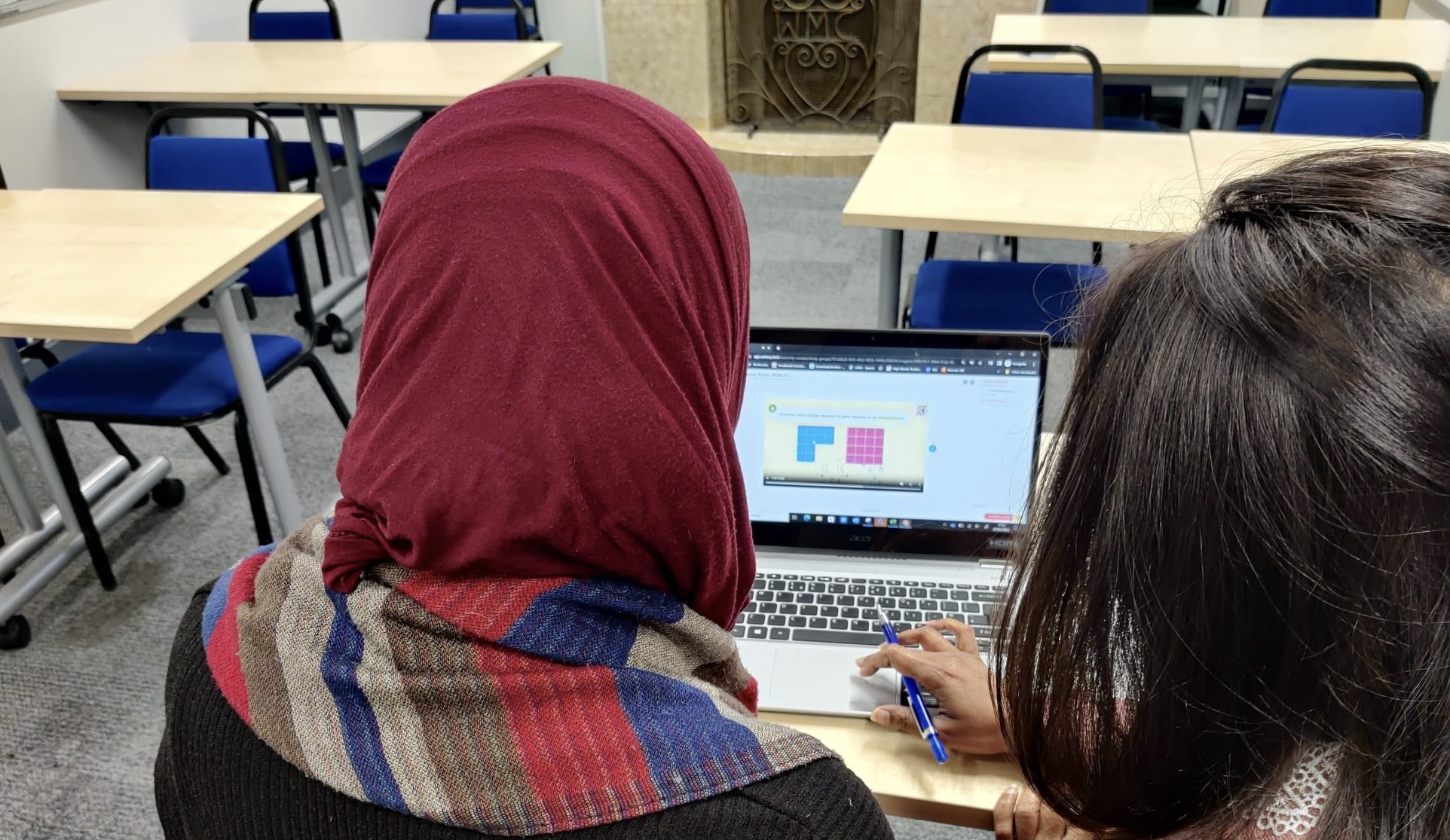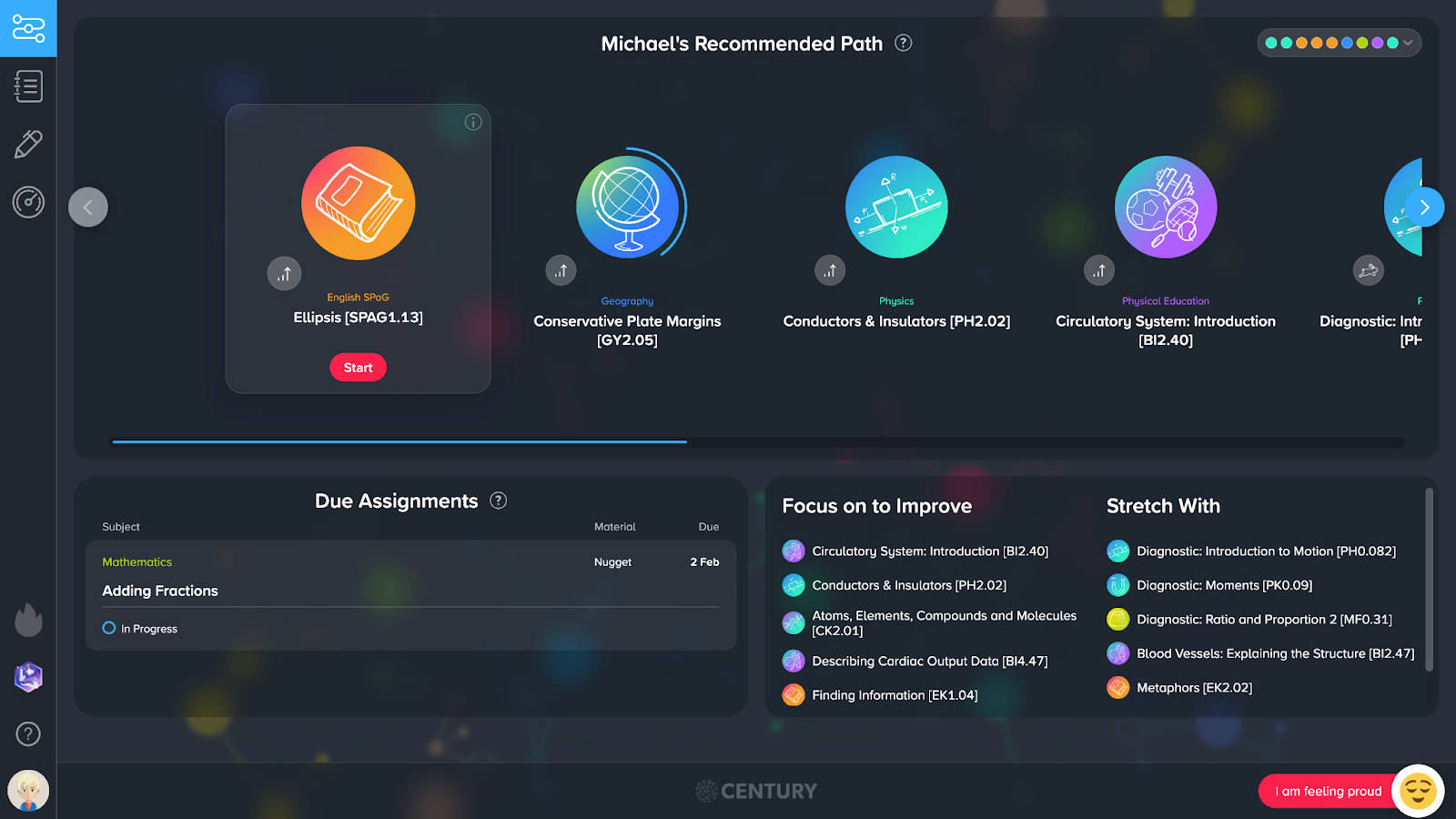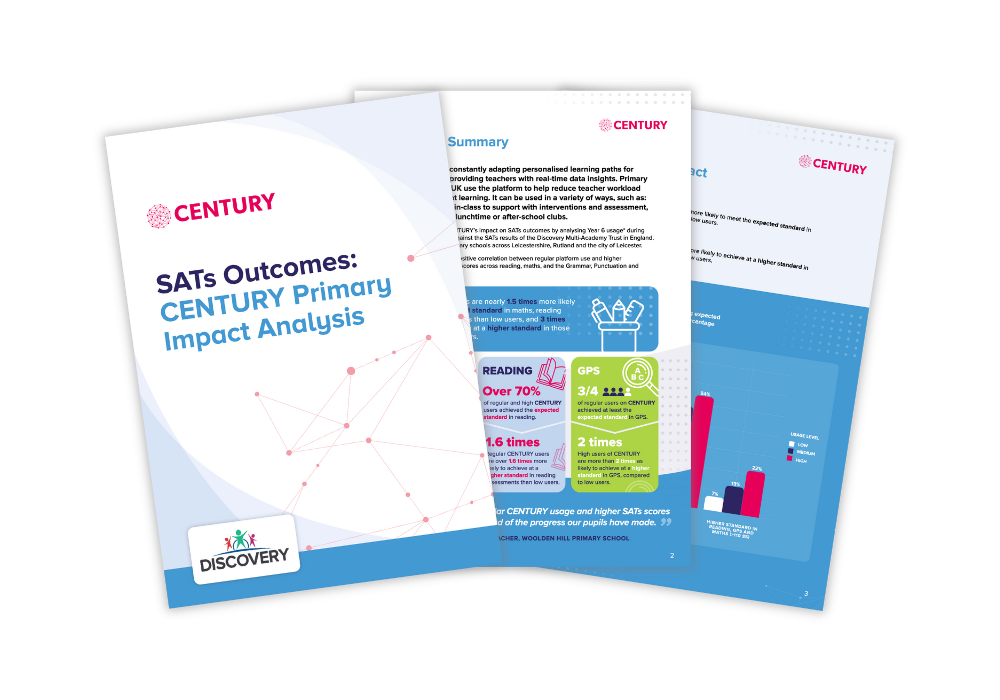Estimated reading time: 7 minutes
The Working Men's College (WM College), is among the earliest adult education institutions established in the United Kingdom, and Europe's oldest extant centre for adult education. We spoke to Peter Whitehead, Project Manager for Multiply, and Vineeta Tripathi, Maths ALP for Multiply, about their three golden rules for students, and how CENTURY reduces maths anxiety.
Why did you choose CENTURY?
Vineeta: CENTURY is an exceptional tool to master standard mathematical skills (Assessment Objective 1, or AO1, as per the GCSE mark scheme) before their practical application to problem solving. The micro-lessons, also known as ‘nuggets’, within students’ adaptive and personalised pathway serve a dual purpose. Not only do they help students in mastering the AO1 skills, which comprise 50 percent of the marks in a foundation paper, but they also help establish a strong foundation for their mathematical education.
CENTURY is a perfect device for adults, especially to work independently. We talk about sustainability in education. CENTURY eliminates the need for excessive printing by providing learners with accessible homework and resources with just a click. I emphasise to my students that CENTURY can be accessed anywhere as it is mobile-friendly. Therefore they have no excuse for not spending 20 minutes on CENTURY every 24 hours. In fact, I myself use CENTURY when commuting on the bus or train.
Multiply courses like ‘Maths for Parents’ come in short bursts, typically spanning four, five or six weeks. One of the mothers on this course is actively engaging with CENTURY because she wants to refresh and build her own mathematical skills, with the aim of supporting her son’s maths education. For a course where you do not have a year to work with the learner, CENTURY is a great tool to leave behind with them.
Peter: I’ve used CENTURY before as a key tool in maths learning and it was very successful. Running a Multiply project, I thought I might be able to live without it. But after initial engagement with the students, it has again turned out to be ideal. It is the go-to tool for supporting adult learners who have been struggling with numeracy or want to help their children.
There is an engagement trap with Multiply. You make it a low stakes environment without assessment for adults who struggle with maths, but you find they may not turn up for sessions because it is low stakes. CENTURY is a lovely thing to be able to leave them with, as it works at the desirable difficulty level with incremental improvement. Learners progress independently with fairly small amounts of encouragement or help, more like coaching or mentoring support.
How do you use CENTURY?
Vineeta: We have three golden rules that guide our approach.
Rule number one is to complete at least one nugget per day. This is to promote consistent practice. It is imperative that students engage in a little bit of maths everyday so that their minds are actively processing mathematical information. Given that we have short working memories, it is essential to practise daily to avoid the risk of forgetting what we have learned.
Rule number two is to complete each nugget with a 100 percent correct score. This rule emphasises ‘mastery’. Students are encouraged to break the habit of moving on without fully grasping a concept or topic. It is not about settling for 80 or 90 percent.
Rule number three is to help students develop one of the most important study skills in education: to ask for help. This rule comes into play when students struggle to score 100 percent despite two or three attempts. With CENTURY, it is easy for students to seek assistance by sending a screenshot or the nugget code to me. CENTURY’s extensive data allows me to see exactly which question they struggled with which enables a swift resolution.
In the penultimate mock exam, after only three weeks of using CENTURY, most of the learners in my Functional Skills Level 1 Maths class demonstrated a marked improvement by scoring an additional 10 to 20 marks. I highlighted the reason behind their progress and helped them connect mistakes they made in the exam to mistakes made on CENTURY, for example not reading the question properly, rushing, not checking their work and so on.
Two of my learners, one struggling with severe maths and exam anxiety, and the other facing a language barrier, have successfully demonstrated that the three golden rules are effective. In their first mock they had scored 10 and 17 out of 56 respectively. However, their diligent efforts on CENTURY are reflected in the numbers, with a total of 264 nuggets completed, 2,441 questions answered and 58 hours of independent CENTURY study time. So it comes as no surprise that they have passed their Level 1 with flying colours, scoring 41 and 54 out of 56 respectively. They have truly excelled and surpassed expectations!
One of our learners, Fateha Dena, was awarded the college's Studentship Award for her performance in maths.
How do the staff feel about CENTURY?
Vineeta: One of the directors visited my classroom specifically to observe how I integrate CENTURY into my teaching practice, as well as to build a picture of student engagement. The students provided very positive feedback, prompting the director to describe them as "quite effusive" about the platform. He also asked a student whether they still needed a teacher, and the student was very clear that while they could use CENTURY independently, a teacher’s consistent guidance and support was crucial. The director was happy to see that CENTURY was effective, and the teacher and students were working in such a collaborative way.
Peter: CENTURY requires moving from a teacher-led classroom to a learner-led classroom. Organisations have to recognise that, embrace what it means for teachers and give them the space to do it. Some teachers recognise straightaway that CENTURY does a lot of heavy lifting for them with marking, assessment, and extension tasks, on a classroom level as well as an individual level. That means they are going to spend a lot more one-to-one time with their students. That will reflect on what those lessons look like, and what people coming to those lessons expect to see. CENTURY will see various usage models, different across subjects as well. The more people able to share that practice, the better.
Find out how you can use CENTURY for Multiply courses here. Book a demo here.





